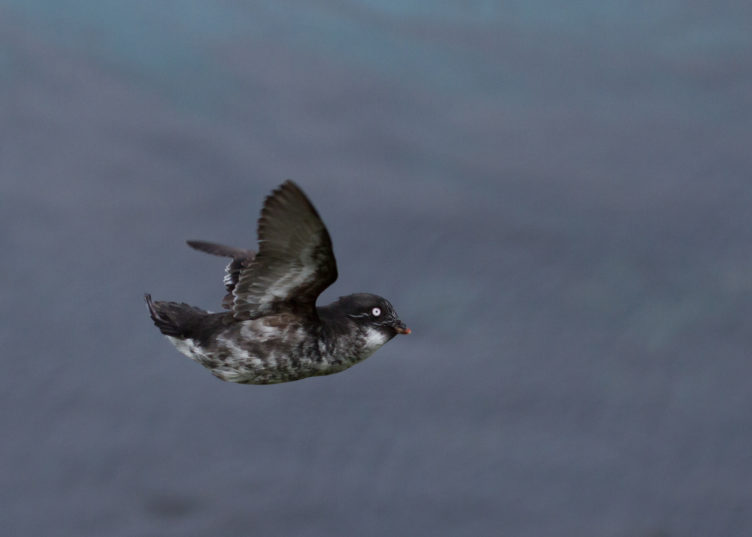Heswall et al. (2024)
Author Information
Ariel-Micaiah Heswall, Brian Wijaya, Kristal Cain, and Anne Gaskett: The University of Auckland
Agustina Dominguez and Lynn Miller: BirdCare Aotearoa
Megan Friesen: Saint Martin’s University
Why did they die? Analysing the cause of death of grounded seabirds lodged at an avian rescue centre in Auckland, New Zealand
Each year from 2018–2023, over 100 Cook’s Petrels (Tītī; Pterodroma cookii) became grounded in Auckland, New Zealand, as a result of light pollution. We performed necropsies on 19 grounded Cook’s Petrels that did not survive to report the cause of death and injuries. We found that 70% of these Cook’s Petrels had head trauma, internal bleeding, and/or wounds as the main causes of death. These injuries are consistent with collisions, likely due to disorientation from light pollution. Most of the birds were not stressed or in poor body condition, suggesting Cook’s Petrels are typically healthy before being affected by lights. In the sample of petrels studied, mortality was significantly biased towards young and male seabirds. Despite this apparent sex difference in collision risk, there was no detectable sex difference in measured sensory features, e.g., males did not have significantly larger eyes than females. The potential sex bias in death suggests male seabirds could be more vulnerable to light pollution, which warrants further research.
Reference/Citation: Heswall, A.M.; Dominguez, A.; Wijaya, B.; Miller, L.; Cain, K.; Friesen, M.; Gaskett, A. 2023. Why did they die? Analysing the cause of death of grounded seabirds lodged at an avian rescue centre in Auckland, New Zealand. Notornis, 70(3), 124–134.






